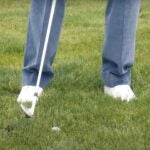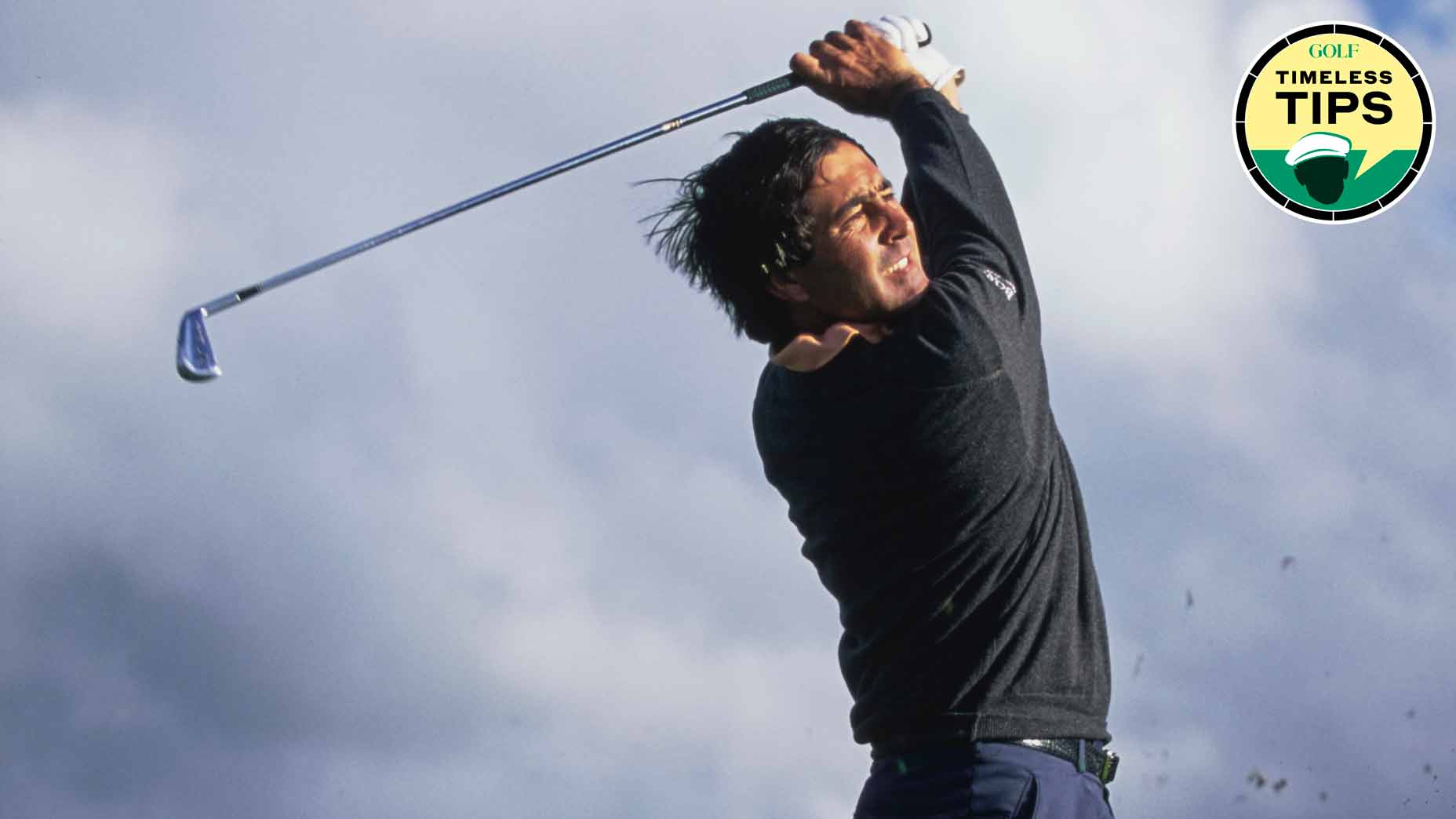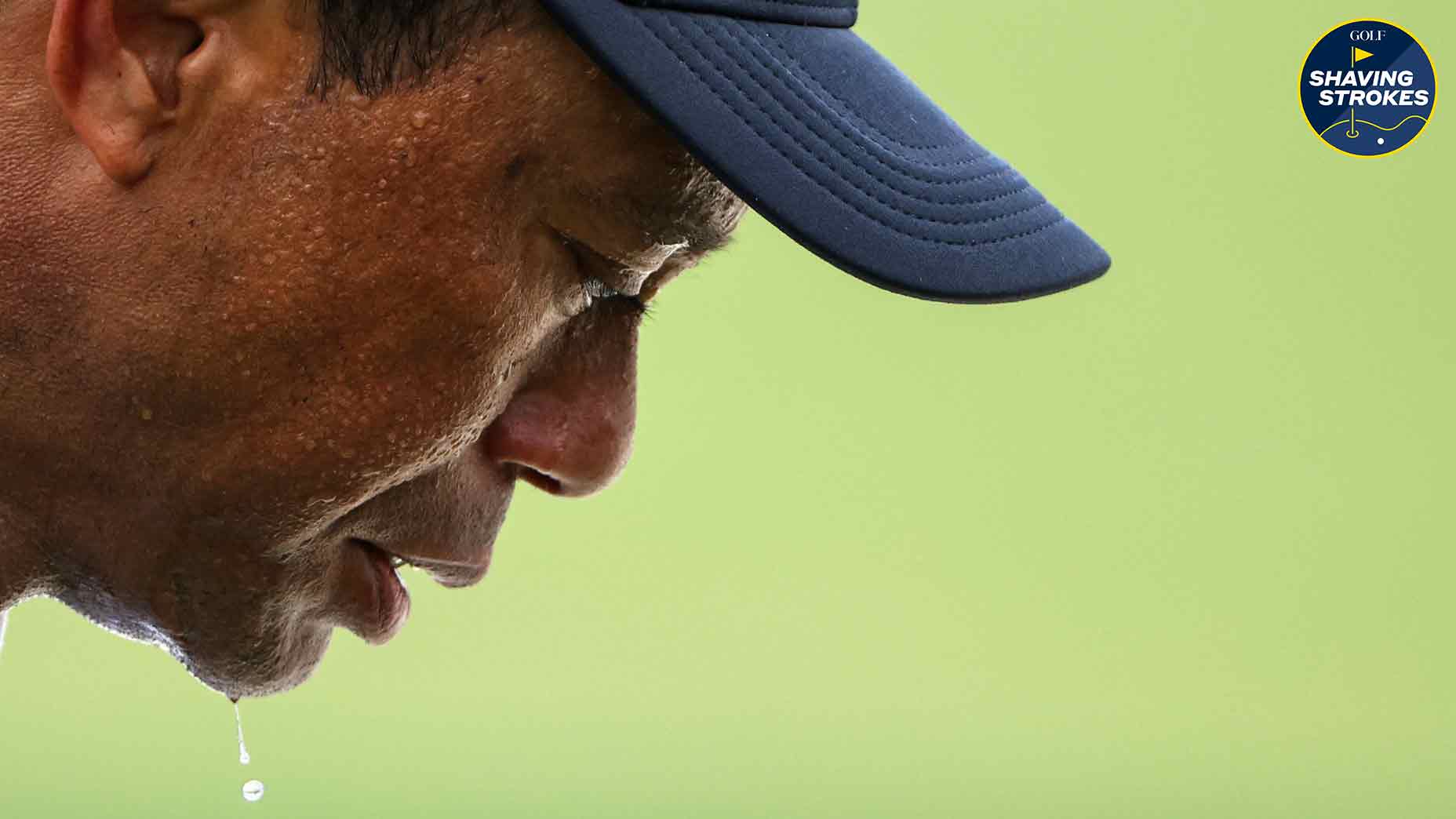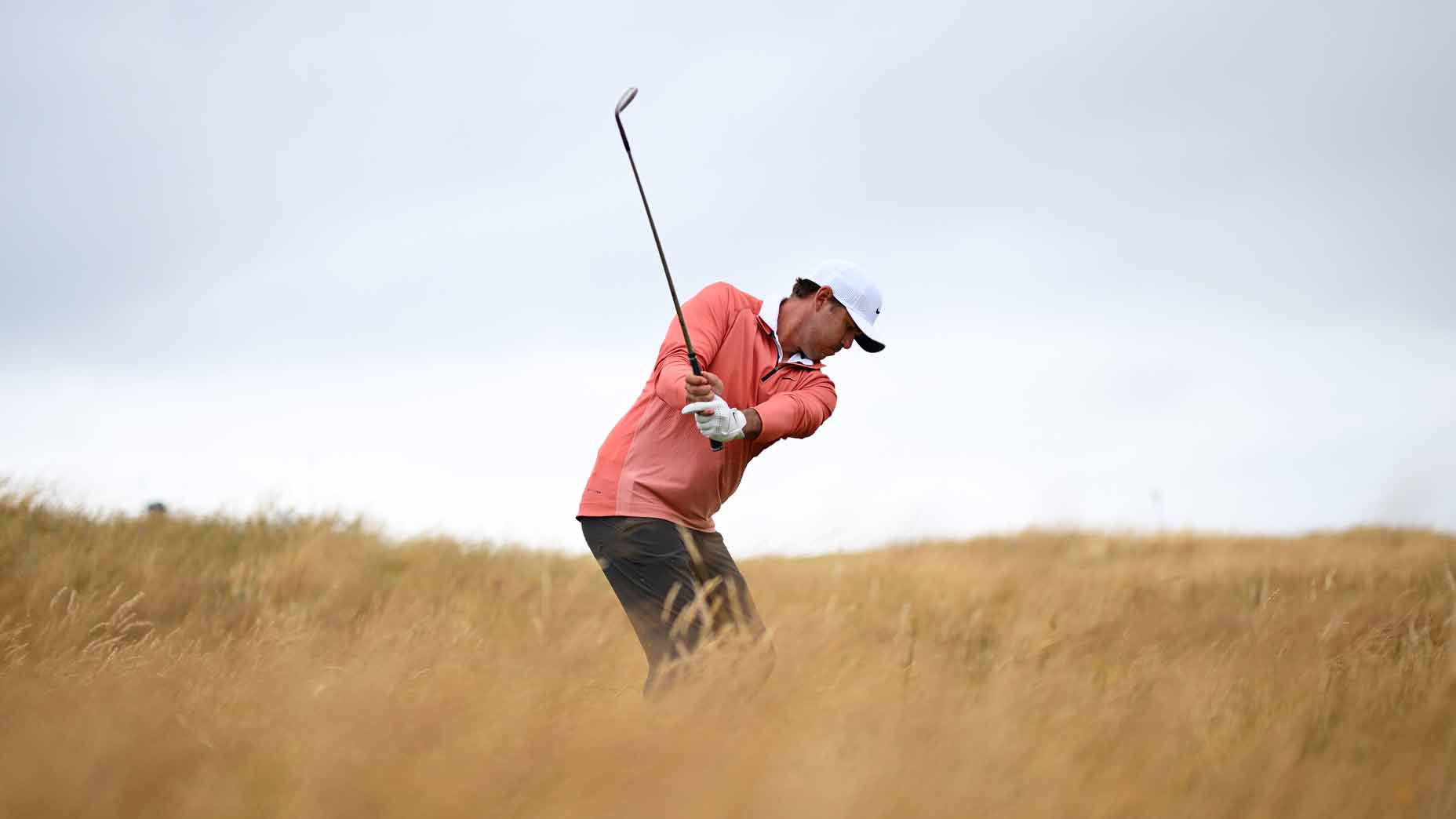A go-to guide for reading tricky lies in the rough, per a top teacher
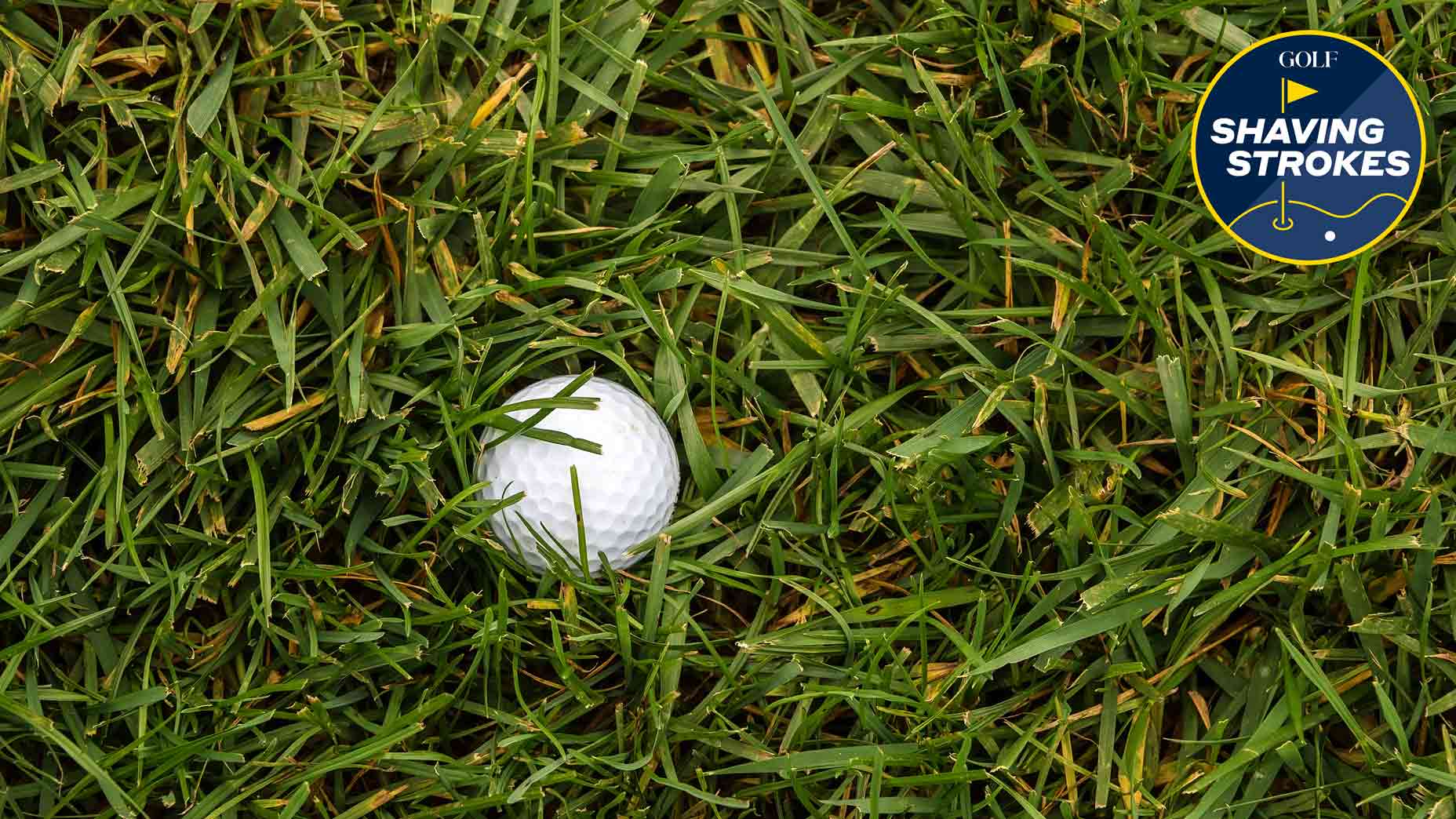
GOLF Top 100 Teacher to Watch Grayson Zacker shares his go-to tips for reading three different types of tricky lies in the rough.
Getty Images
Welcome to Shaving Strokes, a GOLF.com series in which we’re sharing improvements, learnings and takeaways from amateur golfers just like you — including some of the speed bumps and challenges they faced along the way.
Not all rough is created equal, which can make it really difficult for players to gauge what club they should use and how hard they need to swing.
From the different types of grass to the tricky lies to the general course conditions (among other things), lots of factors come into play when trying to go from the tall, thick stuff back into safety.
While escaping the rough requires great technique, before even addressing your ball a player must figure out what type of lie they have. From there, they can develop the right strategy.
But how can you read tricky lies in the rough like a pro? GOLF Top 100 Teacher to Watch Grayson Zacker breaks down three different types of lies, providing help for each one. So take a look below to see Zacker’s tips — which will come in handy when you’re trying to shave strokes off your scorecard.
Editor’s Picks
How to read 3 different types of tricky lies in the rough
According to Zacker, he always makes it a point of emphasis to work on difficult lies from the rough with his players, saying that many of them just don’t have the proper understanding to see success.
“I see a lot of amateurs making poor club selections in these situations, and it’s not something we can easily practice on the driving range,” Zacker says. “I find that many students assume that all lies in the rough require taking more club and often not using enough loft.”
But Zacker says there are lots of variables to consider when analyzing your lie in the thick rough and reminds players about the most important thing to consider.
“The main thing to take into account when reading a lie is how much grass will get between the ball and the clubface at impact,” he adds.
So how can you read your lie like a pro? Zacker goes through three different lies from the picture below.
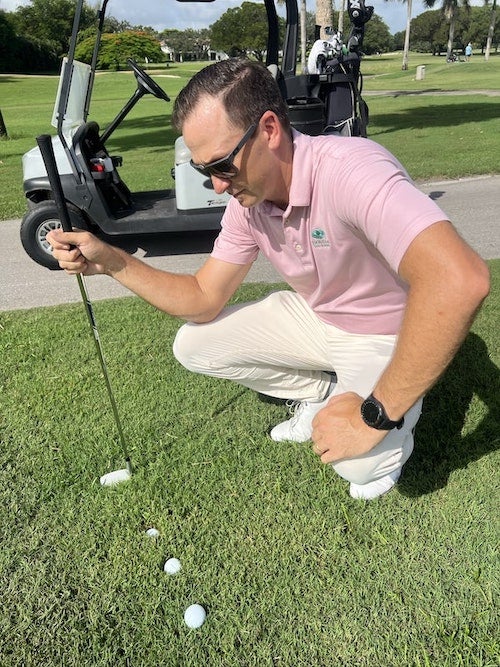
A lie when the ball is sitting up in the rough
When the ball’s sitting up in the rough, there will be little grass getting in the way of the club’s path to the ball — so it should travel its normal distance. If you have this type of lie, it’s almost as if the ball is teed up, so you should have no problem using a long iron, a hybrid or a fairway wood (depending on where your landing target is).
A lie when the ball is partially down in the rough
When the ball is sitting partially down in the grass, I often think about the potential for a flier. This is where only a few blades of grass get between the club and the ball, which doesn’t slow the club down significantly, but covers the grooves and stops them from gripping the cover of the ball. This results in less backspin on the ball and will actually cause it to fly farther.
Another thing to remember about this type of lie is that the ball will roll more once it lands, so I suggest taking one less club in this situation to help protect yourself against the flier.
A lie when the ball is sitting all the way down in the rough
By far, this is the worst situation of the three lies in the photo. When the ball is sitting all the way down, there’s no way to get the club to the back of the ball without a lot of grass getting in the way. This means the grass will slow the club down before impact, resulting in the shot to come up shorter than normal. This shot also won’t have much backswing spin and tends to come out low and left due to the grass twisting the face down.
So on this type of tricky lie, you’ll want to take extra club — but should never use anything longer than a 7-iron. If you’re a long way from the hole, I suggest planning for two shots to get you to the green and just punch this ball back out to the fairway. Trying to do too much with the ball from this lie is a mistake, and it usually results in additional wasted strokes.
Rukket Sports Mini Turf Mat | Rough Length
$39.99
View Product


